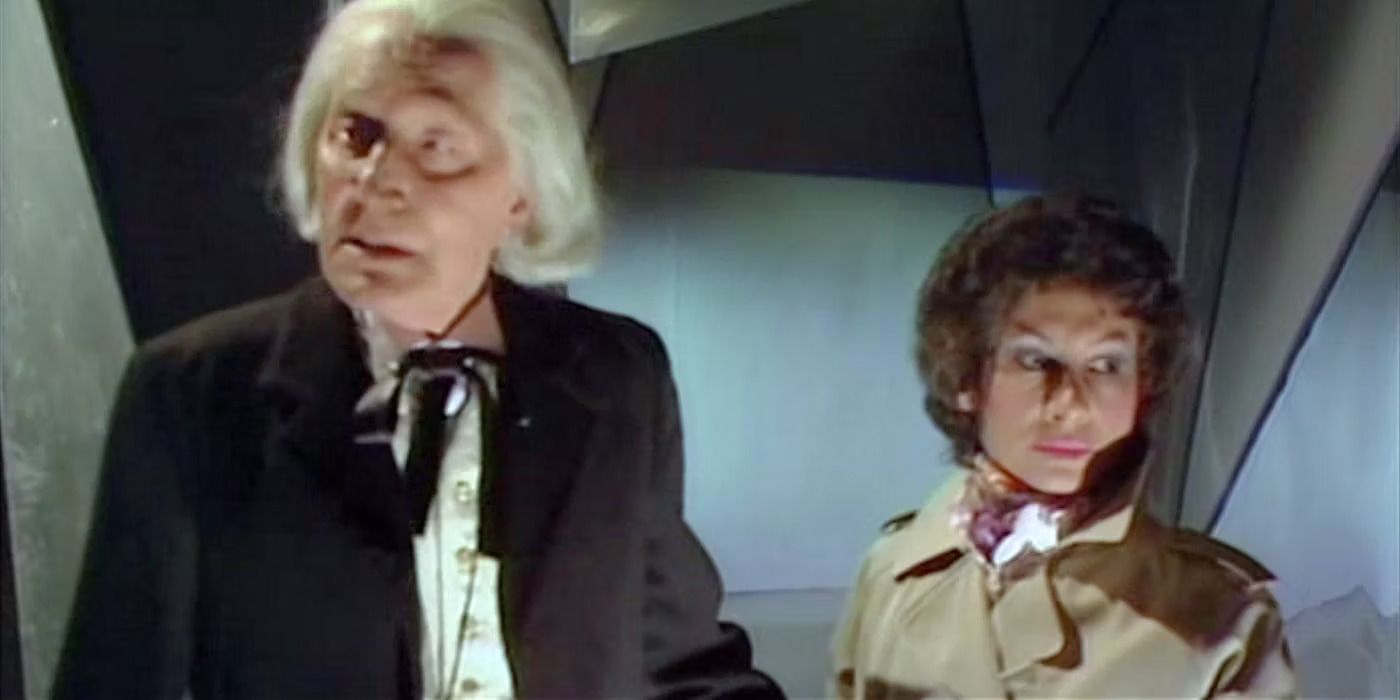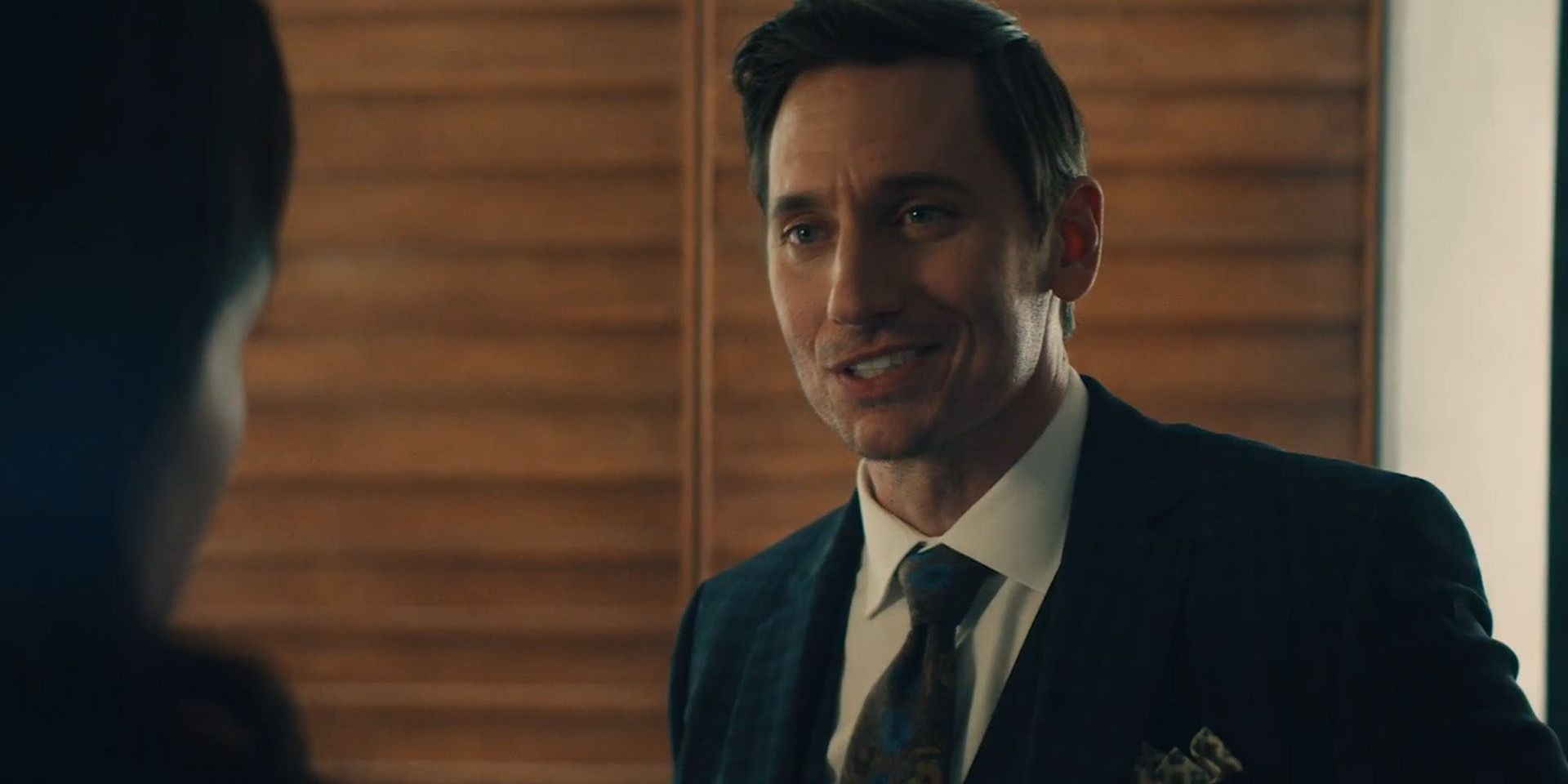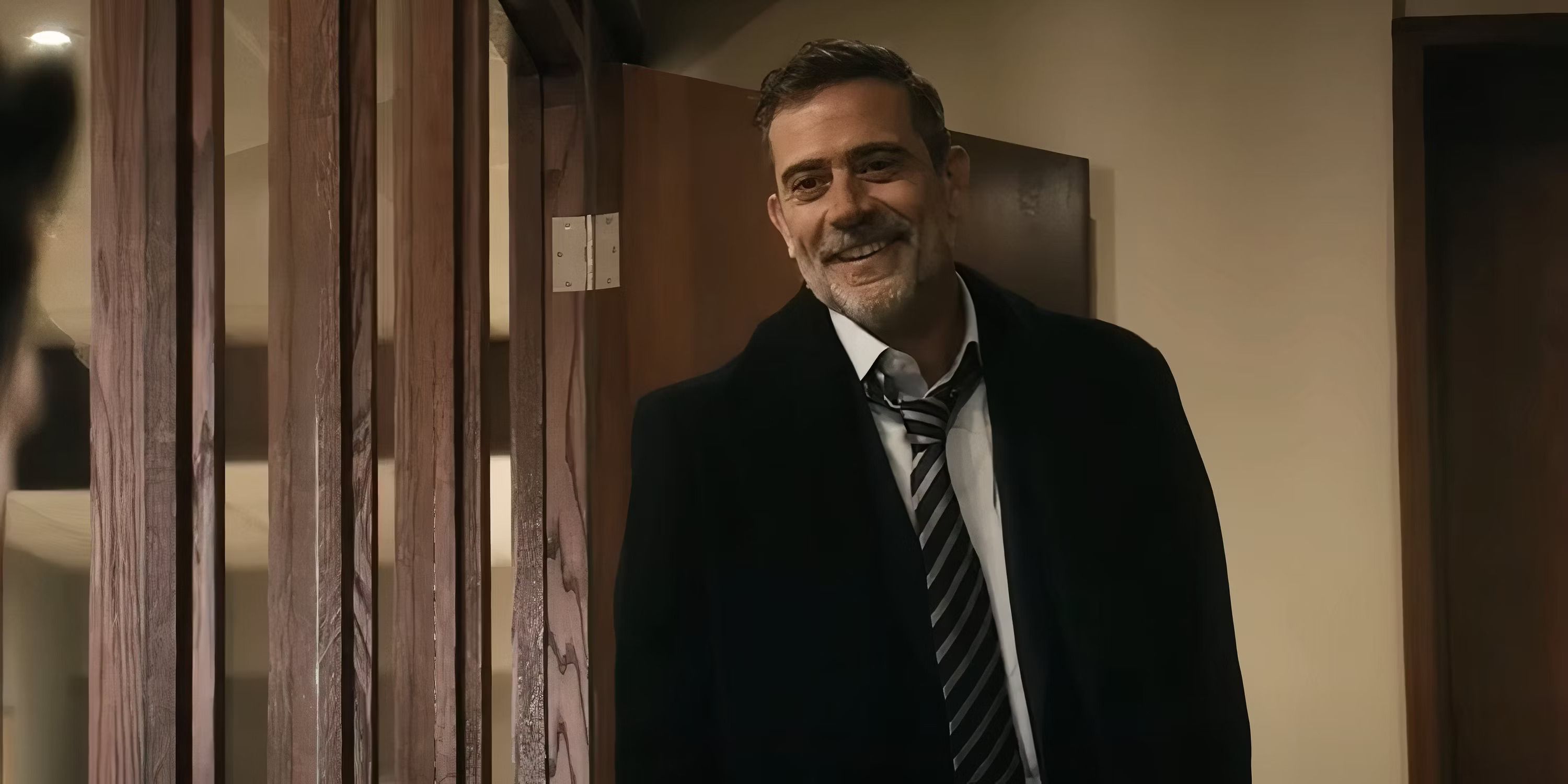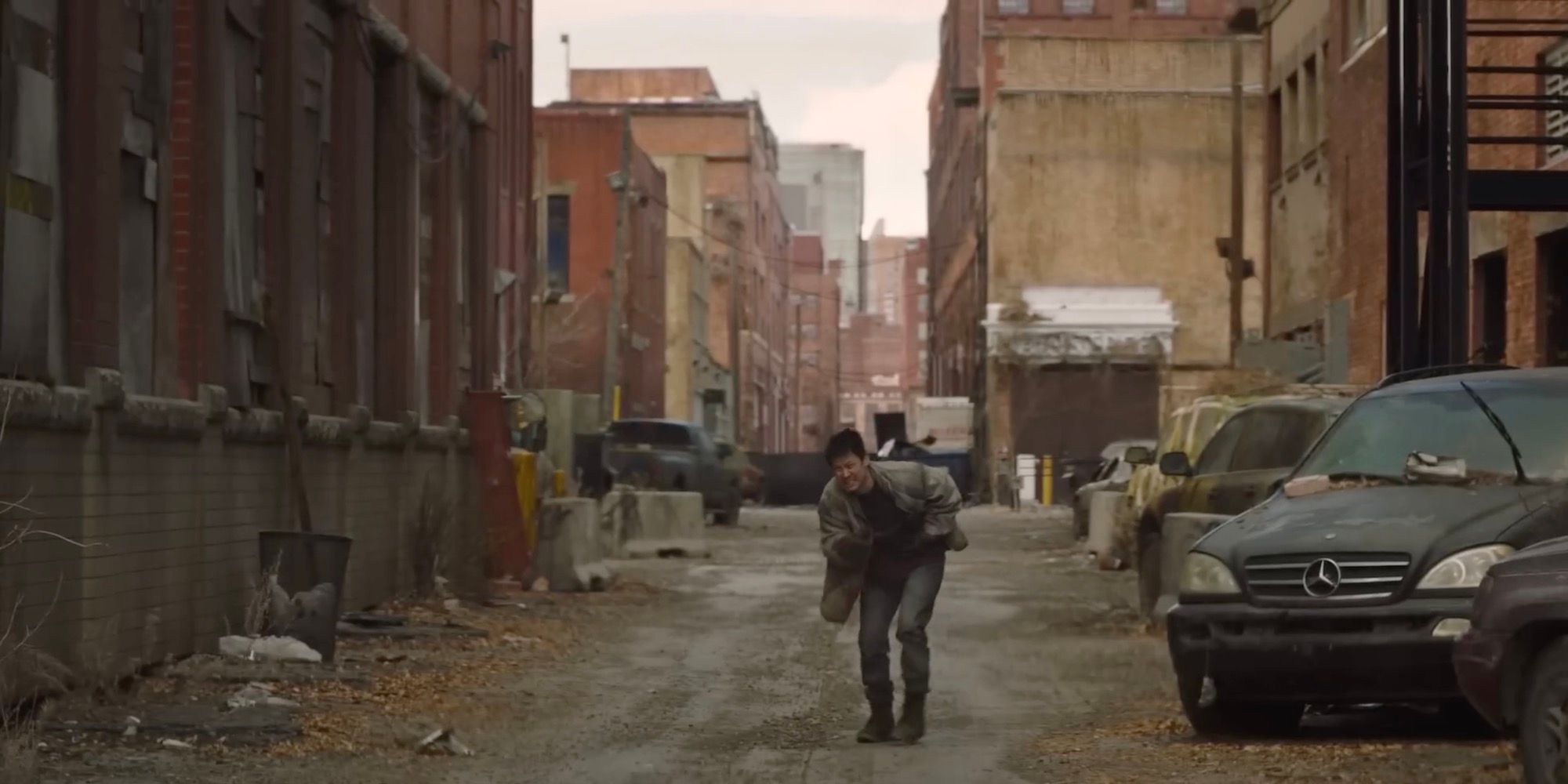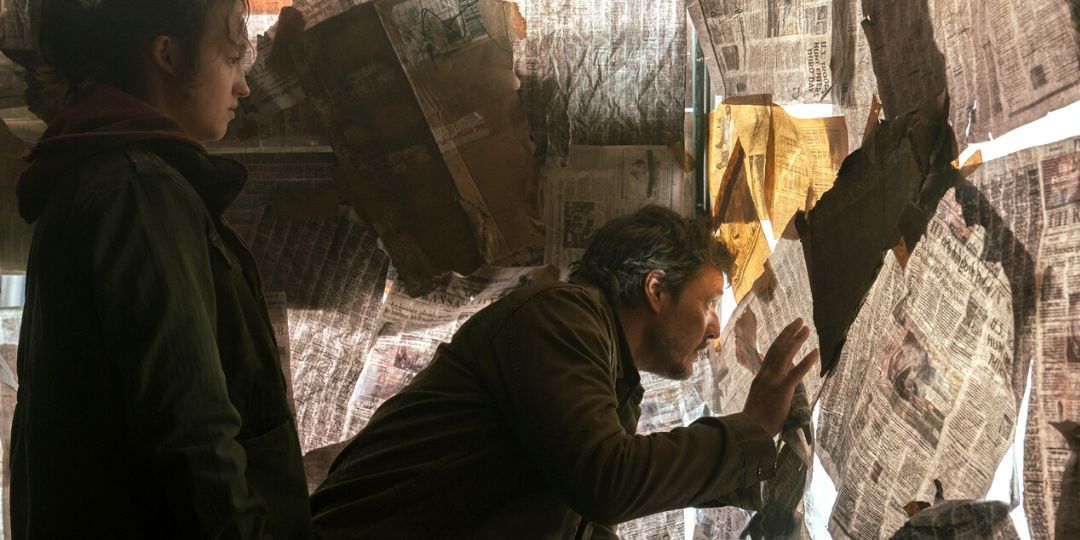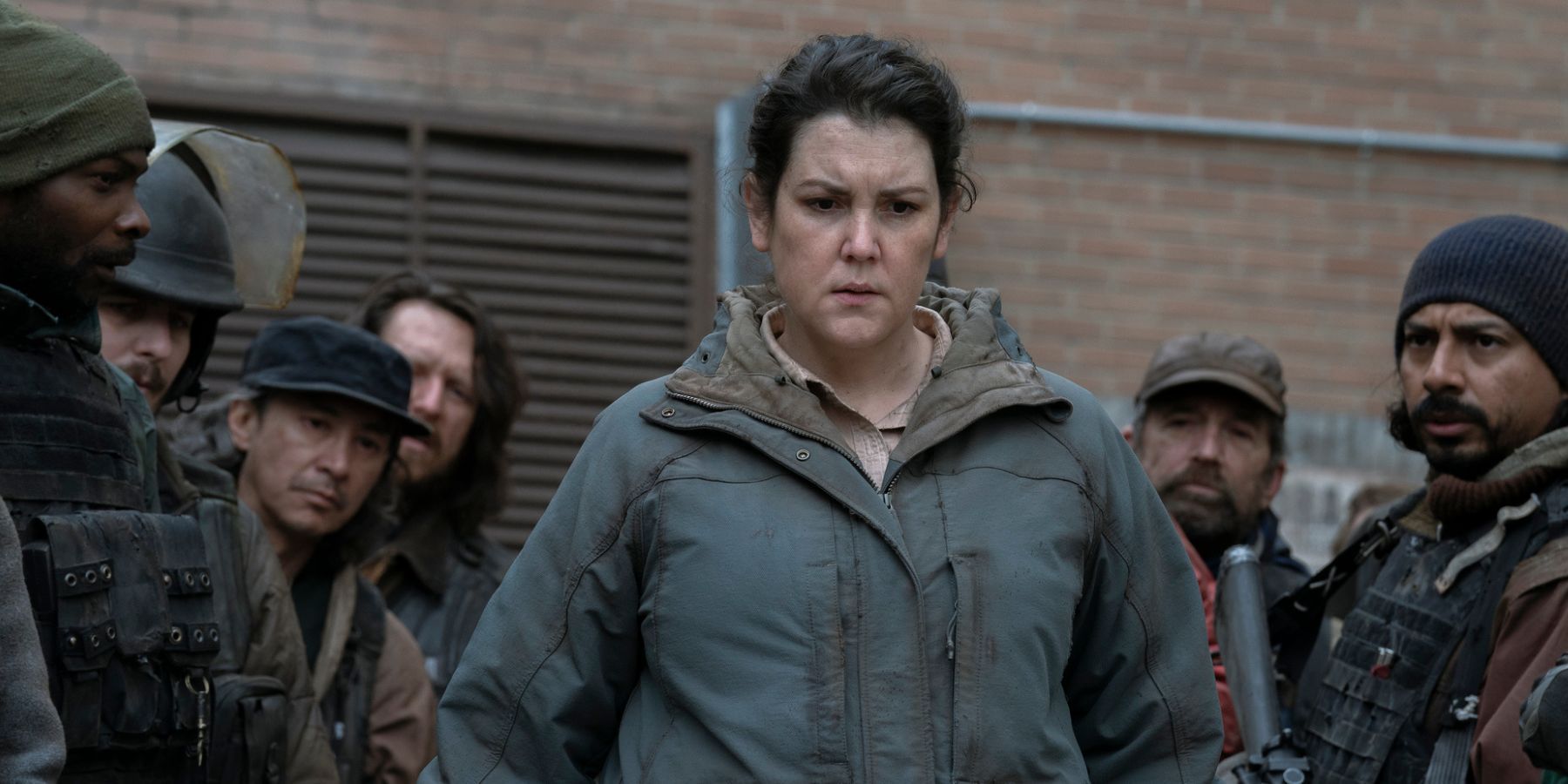The latest episode of The Last of Us highlights the moral shades of grey that various characters have developed in their desperate fight to stay alive. The characters of the popular HBO video game adaptation exist in a post-apocalyptic world. On the morning of September 26th, 2003, Joel Miller (Pedro Pascal) is picking bits of shell out of the eggs his daughter Sarah (Nico Parker) made him for his birthday. Meanwhile, his brother Tommy (Gabriel Luna) is picking their fridge for scraps and joining Sarah as she ribs Joel about his age. Unbeknownst to them, the world is already getting caught in the throes of a mass outbreak of mushroom spore infections.
By nightfall, Sarah is bleeding out in Joel’s arms after his frantic attempts to keep her alive aren’t able to stop the inevitable after she suffers a fatal gunshot wound. Joel doesn’t know it at this point, but it’s only the beginning of his long & arduous road made up of dubious choices made out of the desperate need to survive. The worst part? He’s but one of many experiencing the devastating ripple effects of spores – mutated by global warming – taking over human bodies and turning them into a destructive force. All around the world, in fact, people’s lives are turning upside down, and they’re reacting in a variety of ways – some more dangerous than others.
In some ways, The Last of Us is telling a familiar zombie apocalypse story. Many people are infected with a contagious disease that reanimates their corpses after death and puts them on a bloodthirsty pursuit of infecting other people. Sometimes they’re fast, and other times they’re hilariously slow in trying to catch their prey. Fans of this particular brand of horror have seen similar ideas produce projects like The Walking Dead, All of Us Are Dead, and, of course, the classic film The Night of the Living Dead.
However, zombies may be an important part of any of these plots but the survivors drive most of the story in these tales. After all, human behavior is fascinating on a regular, non-world-ending day. Throw in a crumbling economy, a violent police state, a severe lack of resources, and the constant threat of spore infection, and the worst of humanity is suddenly on full display. The Last of Us is no different in its exploration of not just what it would look like if the world fell apart but how this tragic turn of events would impact human behavior.
In an interview with Screen Rant, creators Craig Mazin & Neil Druckmann dive into their development of original characters like Kathleen (Melanie Lynskey) and what they bring to the conversation. Druckmann explains his belief that “interesting things happen” when morals clash in The Last of Us and “different philosophies of how to survive” intersect with internal conversations of whether the “ends justify the means.” Mazin further emphasizes their shared goal of exploring the very idea of what makes a character from their perspective instead of just accepting them as one-dimensional bad-guy characters who simply become challenges to overcome. In season 1, episode 4, “Please Hold My Hand,” Kathleen and Joel are two sides of the same cut-throat coin, just in different stages of their journey with Kathleen entering the stage in her life where she’ll do anything to survive and Joel having left it behind.
Joel & Ellie finally reach Kansas City in pursuit of his brother Tommy and are almost immediately attacked by unknown assailants. When one manages to catch Joel by surprise, Ellie uses her secret weapon to help save his life. In the process, though, she’s faced with the reality that sometimes she must be willing to take the life of one person to protect someone else. This leads to a conversation in which she reveals that it wasn’t her first time in that kind of situation and Joel opens up about his own checkered past.
As the two seek shelter in a tall building after finally reaching Kansas City, Ellie hesitantly asks Joel if he’s ever hurt an innocent person. While the older man never answers, his silence says it all. At the same time, Kathleen is barking out orders to her followers before ruthlessly delivering what amounts to justice in this violent pocket of the world. Episode 4 of The Last of Us doesn’t feature any of the infected which allows the audience to focus on the escalating threat from within: humanity itself.
The Last of Us isn’t afraid to broach difficult subjects like how even in a world overrun with spore-infected zombies humans are still their own greatest threat. Each character in the series possesses their own shade of moral grey, even Joel and Ellie. It’s telling that each of them is reluctant to open up to each other about their history of hurting people when they maybe didn’t deserve the violence. It might even point to some residual feelings of guilt for what they clearly see as bad things they did to survive. In contrast, Kathleen is very open with her willingness to hurt even a long-time friend in her quest for survival for herself & the community she leads.
There is no guilt or contrition in her actions, at least from the audience’s perspective. In her mind, she clearly sees herself as right, and it makes even her most cut-throat actions seem worth it. However, if the road to hell is truly paved with good intentions, then it looks like the road ahead of Kathleen is about to heat up very soon. In another life, Kathleen might’ve had a happy life where her hardest decision was choosing her favorite Disney romance. In the world of The Last of Us, unfortunately, she’s one of many regular people making enemies of themselves while trying to do the right thing.

